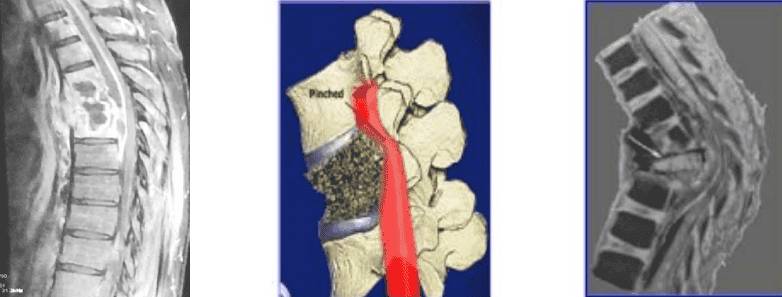Spine Infections

In developing countries such as ours, spinal infection remains a challenging problem. Tuberculosis affecting the spine is a significant issue, and its treatment has evolved significantly with advances in medical treatment. Unlike TB of the chest, spinal TB has vague symptoms such as back pain, loss of weight and appetite, and occasionally fever. A simple spinal radiograph might not be sufficient for diagnosis, and your doctor might have to order MRI and CT scan to diagnose and evaluate the extent of the disease in addition to blood tests. A biopsy with a needle or a small cut in back is obtained to get sample tissue for various tests to ascertain the organism – whether TB or other pus-forming bugs such as S. Aureus or a tumor, e.g. and start the appropriate antibiotics. The vast majority of spine TB patients get cured with antibiotics, rest, and braces. A small minority with spinal cord compression symptoms such as legs and arms weakness or persistent pain due to instability requires surgical intervention. Spine TB medications last a year and have to be taken under the guidance of a general or an infectious diseases physician. Pyogenic organisms or other rare forms such as fungi or brucella infections require different medicines but a similar surgical approach. A point to be noted here is that a biopsy is fundamental to treating spine infections. There is no role for ’empirical’ treatment in such conditions unless the patient’s physical health does not allow for a biopsy.
Surgical Modalities:
- Biopsy
- Antibiotics +Rest +bracing treatment
- Surgical debridement and Spine stabilization
